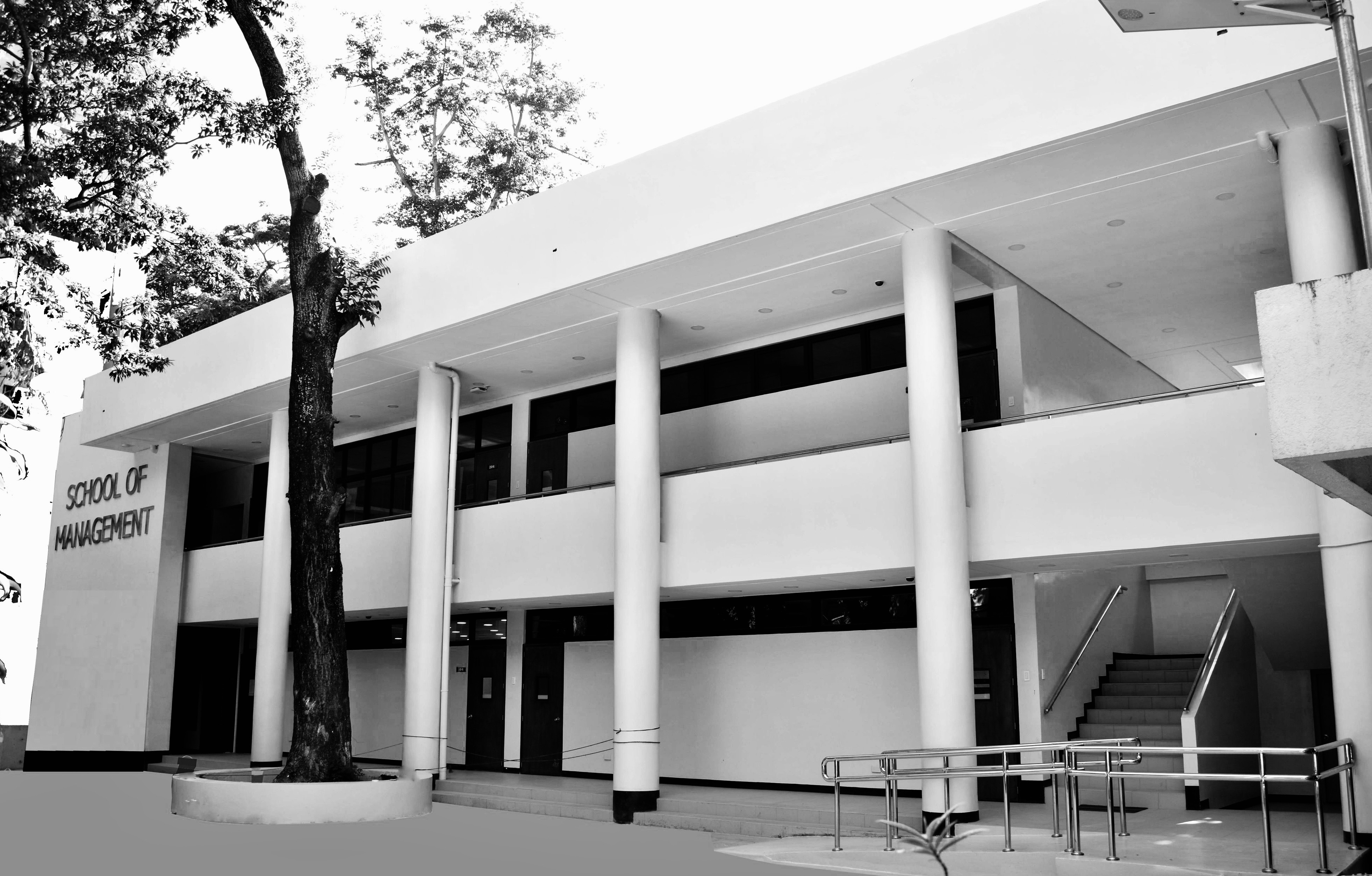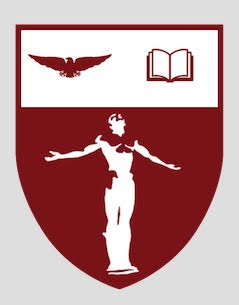BRIEF HISTORY OF THE UNIVERSITY OF THE PHILIPPINES CEBU (UPC)
UP Cebu, the 8th and the youngest Constituent Unit (CU) of the UP System, was established on 3 May 1918 and became an autonomous college on 24 September 2010. It was subsequently elevated to a constituent university on 27 October 2016 (University of the Philippines Cebu, n.d.). In 2018, it celebrated its centennial. Over its 100-year history, it experienced several changes in its identity–“from the Junior College of Liberal Arts in 1918, to Cebu College in UP in 1947, to the UP Graduate School in Cebu in 1963, to the UP Visayas Cebu College in 1987, to the UP Cebu College in 2010, and finally to UP Cebu” (Llaneta, 2017).
UP Cebu is the UP System’s flagship university in Central Visayas. Its main campus is located in a 13-hectare lot in Barangay Lahug, Cebu City, which was donated by the Cebu Provincial Government through a Deed of Usufruct in 1929. A separate new 5-hectare campus (U.P. Resilience Institute, n.d.) hosting the UP Professional Schools was established in 2011 at the 300-hectare Cebu South Road Properties, which is located close to Barangay Mambaling, Cebu City. It offers four graduate programs, namely (a) Master of Business Administration, (b) Master of Science in Computer Science, (c) Master of Education, and (d) Master of Science in Environmental Studies (University of the Philippines Cebu Public Information Office, n.d.).
As a constituent university, UP Cebu is headed by a Chancellor who serves concurrently as the chair of the University Council. The UPC Chancellor reports directly to the UP President (Appendix 1). In turn, two Vice-Chancellors, the University Registrar, four college deans, and heads of certain administrative offices report directly to the Chancellor (Appendix 2). The School of Management is headed by a Dean who has administrative supervision over the College Secretary and the Coordinator for Undergraduate Studies, and the proposed Graduate Studies Chairperson. Once an additional graduate program is established, the position of Graduate Studies Chairperson will become operational. To ensure that policies covering admission, registration, and custody of student records are consistently applied in the college, the University Registrar exercises technical supervision over SoM’s College Secretary.
Before the grant of autonomy to UP Cebu, it was under the administrative supervision of UP Visayas (UPV), along with three other satellite campuses, namely UP Miag-ao, UP Iloilo, and UP Tacloban. During that period, matters concerning the review of academic programs, promotions, and budgetary issues, among others, had to be coursed through UPV. With the granting of its autonomy as a college and its subsequent elevation to a CU, changes concerning those above are now directly addressed at the System level.
BRIEF HISTORY OF THE UPC SCHOOL OF MANAGEMENT
 The history of the SoM is closely intertwined with the history of UP Cebu College, which was established as the Junior College of Liberal Arts of the University of the Philippines in 1918. When the College was established, one of the six programs offered was Commerce.
The history of the SoM is closely intertwined with the history of UP Cebu College, which was established as the Junior College of Liberal Arts of the University of the Philippines in 1918. When the College was established, one of the six programs offered was Commerce.
On 1 July 1963, UP Cebu College was renamed UP Cebu Graduate School. Its initial academic programs included the Master of Business Administration (MBA), which was offered in coordination with UP Diliman’s College of Business Administration. Two years later, it offered the Master in Public Administration (MPA) program.
With the establishment of the Undergraduate Studies Program in 1973, the Bachelor of Science in Business Management (BSBM) program was offered. In 1974, the Certificate in Governmental Management Program was offered. Two years later, the Bachelor of Science in Hotel and Restaurant Management (BSHRM) program was instituted. In 1979, major revisions in the curriculum renamed the two Master’s Programs to Master of Management major in Business Management (MMBM) and the Master of Management major in Public Management (MMPM). Furthermore, two areas of specialization were instituted, namely the MM in Educational Management and the MM major in Integrated Health Services Management. With total enrolment at the college dominated by students taking management courses, the UP System recognized the Management program as the flagship program of UP College Cebu.
In 1986, a significant change in the UP System’s organizational structure was instituted because of the creation of the sixth Constituent University—the University of the Philippines in the Visayas (UPV). UPV’s creation resulted in the integration of two regional campuses (i.e., UP Cebu College and UP Tacloban College), which resulted in the renaming of the two colleges into UPV Cebu College and UPV Tacloban College, respectively.
In the early 1990s, academic programs were regrouped into five clusters—one of which was the Management Division (Gomos, 2018).
On 24 September 2010, the Management Division was renamed as the Management Cluster, following the elevation of UP Cebu into an autonomous unit under the Office of the UP President.
With the elevation of UPC as the 8th constituent unit on 27 October 2016, the Management Cluster was renamed the School of Management. With the CU’s elevation, the SoM Dean’s Office and the College Secretary’s Office became operational starting in January 2017.

Since the institution of the Bachelor of Science in Business Management (BSBM) in 1973, the business management curriculum has been revised five times, with two revisions involving changes in the program’s name (i.e., BSBM to Bachelor in Business Management (BBM) in 1982, BBM to BSM in 2002). By the start of the 21st century, the Management Program was renamed to BS Management (2002), while the BBM-HRM was abolished in 2006. During this time, the undergraduate business management program fortified its achievements and track record by being recognized by the UP System as the flagship program of UP Cebu.
As for its graduate program, the Masters in Business Administration program was initially offered in 1963. In 1965, the Master in Public Administration (MPA) was offered, and in 1974, a Certificate in Governmental Management (CGM) was proposed. In 1979, these existing programs were renamed to Master of Management major in Business Management (MMBM) and Master of Management major in Public Management (MMPM), Master of Management major in Education Management (MMEM), and Master of Management major in Integrate Health Services Management (MMIHSM).
In 2009, the value of the MBA brand made it imperative to replace the existing curriculum with the Master of Business Administration, which was adopted from the Cesar EA Virata School of Business of UP Diliman.
The undergraduate program is offered on a semestral basis, while the graduate program is offered on a trimester basis. The existing School of Management program is a 4-year program designed to produce graduates who have the flexibility to perform in the corporate environment as well as engage in entrepreneurial endeavors. Starting AY 2019 – 2020, SoM will be offering BS Management (Minor in Marketing).
The MBA Program, launched in UP Cebu in 2009, was revised in 2016 to better serve the intended target market in Central Visayas. The revision included a formal research course to contribute to the generation and dissemination of new knowledge relevant to the needs of the region. It also included a special topic in management courses to introduce relevant management topics on a timely basis.
To support these program offerings, the School has a human resource complement of 11 full-time faculty members (three of which have Doctoral degrees), and industry practitioners as lecturers to complete the roster.
![]()
